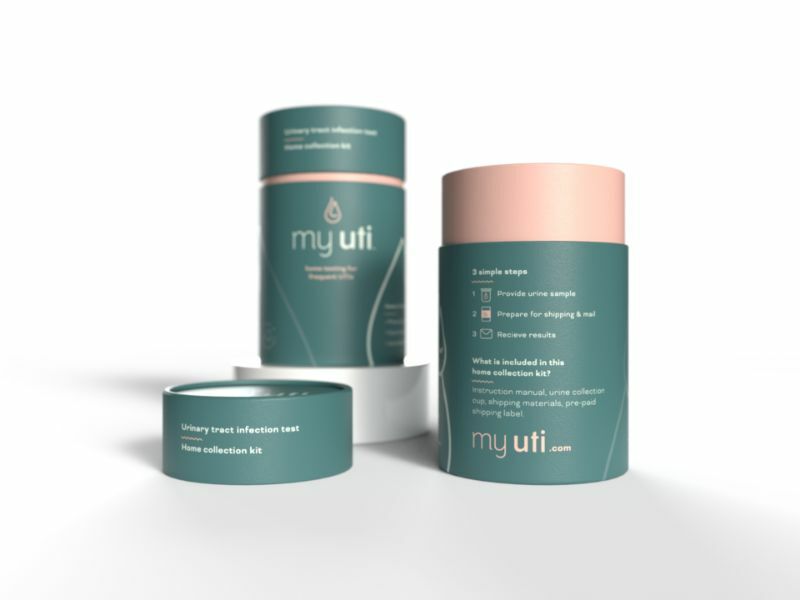Yes! recycling paper is better for the environment because a single tonne of recycled paper saves 17 trees, and avoids 2.3 cubic meters of landfilled space, 26,500 liters of water, 4,000 kW of energy, and 1,440 liters of oil.
Paper has a massive impact on the world’s forests as it comes from trees. Yearly, we lose 4.1 million hectares of forests to produce papers and cardboard, most of which get landfilled after a single use.
In this post, we’ll have a look at what is the environmental impact of making paper, what percent of traditional paper products are recyclable, how is paper recycled, what is the environmental impact of recycling paper, and whether the recycled paper is better than new paper production or not. Let’s get started!
What is the Environmental Impact of Making Paper?
The environmental impact of making paper includes deforestation, enormous energy and water usage, air pollution, and waste issues (paper comprises 26% of landfill waste).
Currently, the world produces 420,000,000 tons of paper and cardboard every year, which results in a forest loss of around 4.1 million hectares per year.
On average, a single person uses somewhere between 200 to 250 kilos of paper in the USA, Japan, and Europe. Fortunately, this number differs and is substantially low in India (5 kilos) and some other countries, where it is below 1 kilo.
Here are a few stats that’ll show why the paper is harmful to the environment:
- A single kilo of paper eats up two to three times its weight in trees.
- If every person on the planet starts using 200 kilos of paper every year, we’ll lose all the trees.
- A single A4 sheet requires somewhere between 2 to 13 liters of water depending on the type of mill.
- Around 55% of global paper production requires newly cut trees.
Is All Paper 100% Recyclable?
No, all paper is not 100% recyclable. The practical maximum paper recovery rate or recyclability rate is around 80%. This is because every time a paper is used, its fibers deteriorate, which makes it impossible to recycle it completely.
Generally, each paper can be recycled five to seven times before it becomes unusable.

How is Paper Recycled?
Before we go into how is paper recycled, let’s list down the recyclable paper products:
- Copy paper
- Newspapers and magazines
- Phone books and notebooks
- Envelopes
- Catalogs
- Receipts
Now, moving towards the paper recycling process. Here’s how paper is recycled:
Paper Collection
The paper collection step involves collecting paper from households and industries such that it doesn’t get contaminated with food waste or chemicals. In case of any such accident, the paper is diverted to landfills as it becomes unusable.
Transportation and Sorting
The next step is paper waste transportation to a material recovery facility (MRF), where it will be sorted into different paper categories because the treatment procedure varies based on the type of paper.
Shredding and Pulping
Once the paper is sorted, it is baled and sent to a paper mill.
Here, it is shredded into smaller pieces and mixed with large amounts of water and chemicals to turn into separate paper fibers. The chemicals generally include hydrogen peroxide, sodium hydroxide, and sodium silicate.
This whole process is termed pulping and the resulting paper fibers are called the pulp.
Next, contaminants, such as staples and tape, are removed.
De-inking
After pulping, the paper fibers are de-inked by placing them into a large floatation tank filled with chemicals and air bubbles. This step helps to improve the whiteness of the pulp. Sometimes, dyes are added to change the color.
Drying
Lastly, the de-inked pulp is passed through large rollers to squeeze out all the water. After this, the dried pulp is passed through heated rollers to turn it into sheets of paper. These paper rolls are sent to various manufacturers to turn them into different paper products.
What is the Environmental Impact of Recycling Paper?
The environmental impact of recycling paper is significantly lower than making new paper because new paper requires new pulp, which comes from trees. Here’s the positive environmental impact of recycling paper:
- Saves 100% of trees in comparison to the new paper.
- Utilizes 31% less energy
- Uses 53% less water
- Produces 39% less solid waste
Is Recycling Paper Better Than Making New Paper?
Yes, recycling paper is better than making new paper because the latter cause 35% more water pollution and 74% more air pollution than the former.
In addition to less air and water pollution, recycling paper also saves landfill space. A single ton of waste paper takes 3.3 cubic yards, and every year we produce 300 million tons of paper. Given the maximum recycling rate is 80%, we can save 792 million cubic yards of landfill waste.
We hope, by now you would have understood that recycling paper is better for the environment than creating new paper. Sometimes, there might be a bit of compromise in the quality, but it’s usually compensated in the price. It isn’t much to ask in comparison to the need of saving the planet!
Rooland is a branding agency with over 25 years of experience in the branding field. If you need to revitalise or create your branding, get in touch! We would love to learn about your business and let you know how we can help…

